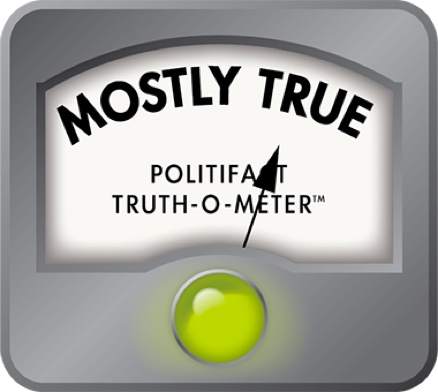Under a system established by
presidential executive order in 2009, the president, vice president, and agency heads may designate other executive branch officials to serve as original classification authorities.
n addition to this system, Congress has established a
parallel system dating back to the 1950s for control of certain nuclear information. Any information regarding the design, manufacture, or utilization of atomic weapons; the production of special nuclear material; or the use of special nuclear material in the production of energy must be designated as Restricted Data. This process is overseen by the Department of Energy.
Information is usually declassified through a process known as “automatic declassification” (which is, in practice,
anything but automatic) that takes place after information has been classified for 25 years. However, information may be declassified sooner if it is marked with an earlier declassification date; if the original classification authority who classified the information, their successor or supervisor, or another designated official determines that it no longer meets the standards for classification; or if the agency head or a designated senior agency official determines that the public interest in disclosure outweighs the need for protection. The decision to declassify is made in consultation with all agencies that have an interest in the information.
For the most part, the rules for classification and declassification are set forth in presidential executive orders, along with
regulations issued by the Information Security Oversight Office — an office within the National Archives and Records Administration — implementing those orders. Most presidents, dating back to the beginning of the modern classification system in the 1940s, have issued their own executive orders on classification. Trump was an exception, issuing no order on this subject.
As noted above, these are two-step processes: first, an official determines whether the information requires protection, and second, the information is flagged to ensure that the protections are applied or removed. If an official claims to have classified or declassified information after taking the first step but not the second, it’s like a customer saying she ordered food at a restaurant when she has decided what she wants to eat but hasn’t told the waiter.


